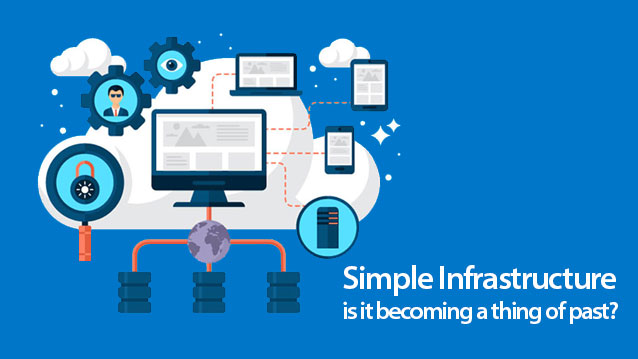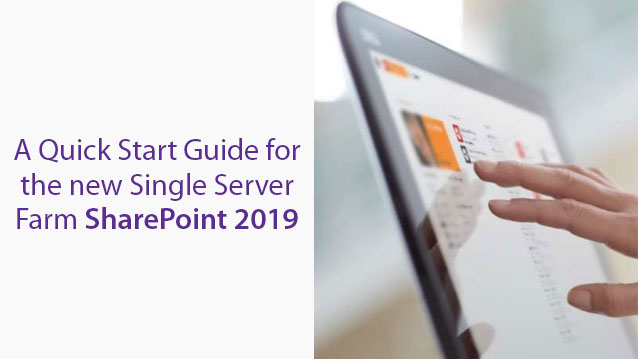IoT solutions are gaining popularity as this technology gets more fast, sleek and cost-effective. It has captured almost all aspects of businesses and daily life in general. In such a popular technology, quality control is of utmost importance.
Enterprises have started to deploy Quality control solutions in the cloud by taking a proactive approach towards quality control. For example, algorithms like Quality Early Warning System (QEWS) are developed and incorporated into the IBM Prescriptive Quality on Cloud which helps manufacturers to discover problems earlier in supplier material along with problems arising in production processes.
Considering the huge amount of data being generated by applying IoT solutions to business processes, QC solutions prioritize the problems and generate alerts based on priority and those issues shall be addressed immediately that are critical. Hence 100% Quality control is not possible; however proactive approaches provide detailed perspective regarding product quality during manufacturing and are most beneficial to adopt.







